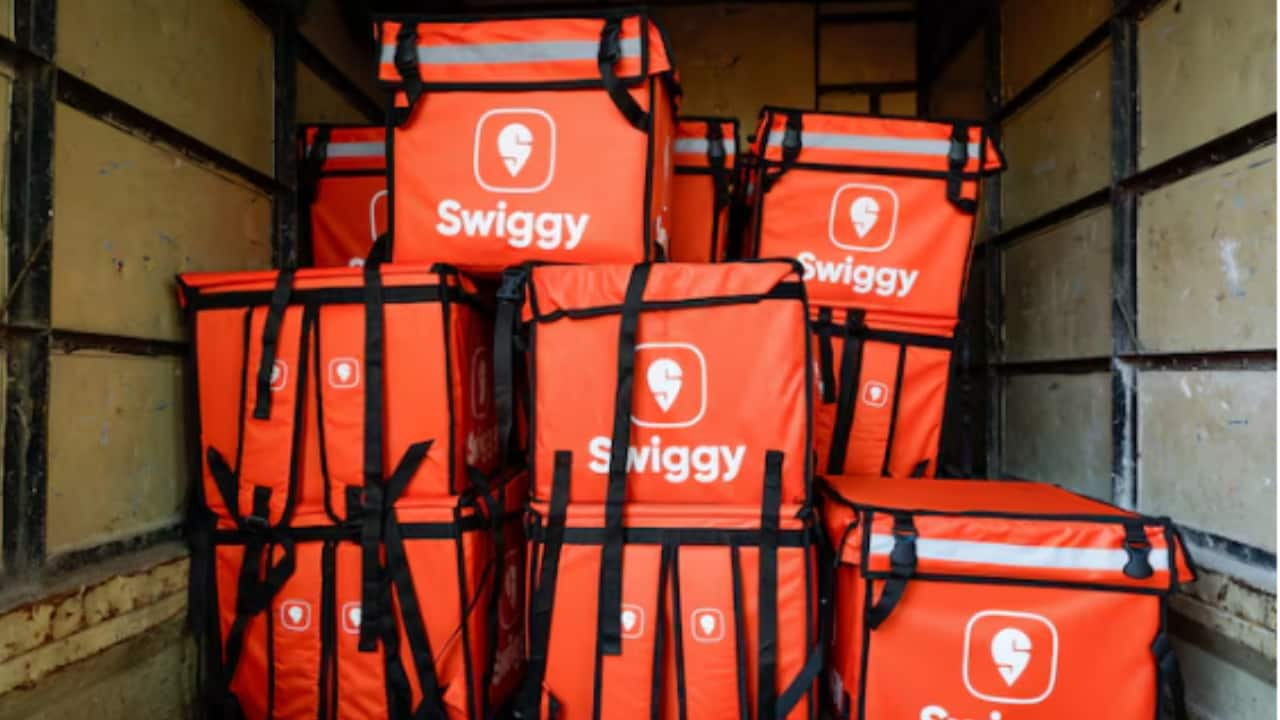 |
|
Swiggy, a prominent player in the Indian food delivery market, recently announced its financial results for the third quarter of fiscal year 2025 (Q3FY25), revealing a widening net loss despite a notable increase in revenue. The company reported a net loss of Rs 799 crore for the quarter ending December 31, 2024, representing a significant 39 percent jump compared to the Rs 574 crore loss recorded in the same period the previous year. This substantial increase in losses raises concerns about the company's financial health and the competitive landscape of the food delivery sector.
Despite the widening net loss, Swiggy experienced a 31 percent year-on-year growth in its revenue from operations. Revenue reached Rs 3,993 crore in Q3FY25, up from Rs 3,049 crore in Q3FY24. This positive revenue trend indicates a continued demand for Swiggy's services and its ability to capture market share. However, the substantial increase in net losses suggests that the company's operational costs and investments are outpacing its revenue growth. This discrepancy highlights the challenges faced by businesses in the food delivery industry, which is often characterized by high competition and thin margins.
Sriharsha Majety, MD and Group CEO of Swiggy, attributed the widening losses to growth investments made in quick commerce, including the expansion of dark stores and marketing efforts. These investments are essential for maintaining competitiveness in a rapidly evolving market, but they also contribute to increased operational expenses. Majety's statement acknowledges the trade-off between pursuing growth and profitability in a fiercely competitive environment. The competitive intensity is further emphasized by the performance of Zomato, Swiggy's main rival. Zomato also reported a decline in profits during the same quarter, highlighting the broader challenges faced by the sector.
Swiggy's gross order value (GOV) also experienced significant growth, rising 38 percent year-on-year to Rs 12,165 crore. This metric indicates a healthy growth in customer orders and transaction volume. While the GOV growth is encouraging, it does not fully offset the widening net loss, suggesting that the cost of fulfilling these orders remains a significant concern. Further analysis of the company's consolidated adjusted EBITDA (earnings before interest, taxes, depreciation, and amortization) reveals a marginal improvement year-on-year, showing a 2 percent decrease to Rs 490 crore. However, on a sequential basis (comparing Q3FY25 to Q2FY25), the EBITDA loss increased slightly to Rs 149 crore, suggesting potential seasonality or other factors influencing profitability.
The contrasting performance of Swiggy's revenue and net loss underscores the complex dynamics of the food delivery industry. While consumer demand remains strong, as indicated by the substantial increase in revenue and GOV, the competitive pressures and high operating costs are significantly impacting profitability. The company's strategic decision to invest heavily in quick commerce, while necessary for maintaining market share, contributes to the widening losses. This raises questions about the long-term sustainability of this approach and the need for Swiggy to find ways to optimize its operations and improve cost efficiency while maintaining its growth trajectory.
The market reacted negatively to Swiggy's Q3 results, with its shares closing 3.6 percent lower on February 5th. This market response reflects investor concerns about the company's widening losses and the challenges ahead. The long-term outlook for Swiggy will depend on its ability to manage its operating expenses, effectively leverage its market position, and innovate to enhance its profitability. Continued investments in technology and logistics are likely to be crucial for improving efficiency and reducing costs. The company's success will also depend on adapting to the changing consumer preferences and competitive landscape, requiring strategic adjustments to pricing, marketing, and service offerings.
In conclusion, Swiggy's Q3 results paint a complex picture of a company experiencing robust revenue growth but struggling with profitability. While the increase in revenue and GOV demonstrates a strong market presence, the significant widening of net losses raises concerns about the sustainability of its current business model. The company's strategic investments in quick commerce, although essential for staying competitive, are contributing to increased operational expenses. The market's negative reaction to the results underscores investor anxieties about the company's future prospects. Swiggy's ability to navigate the challenges of a highly competitive market while improving its profitability will be crucial for its long-term success.
Source: Swiggy Q3 results: Net loss widens 39% to Rs 799 crore
